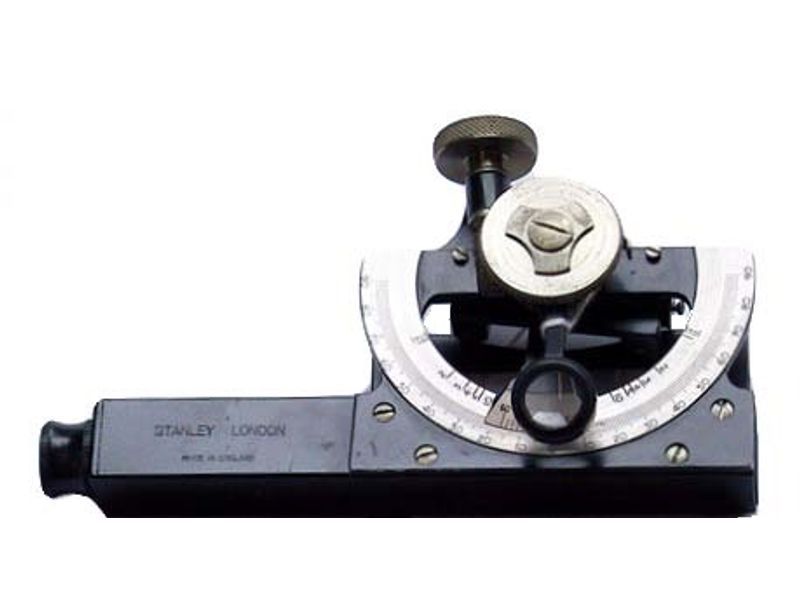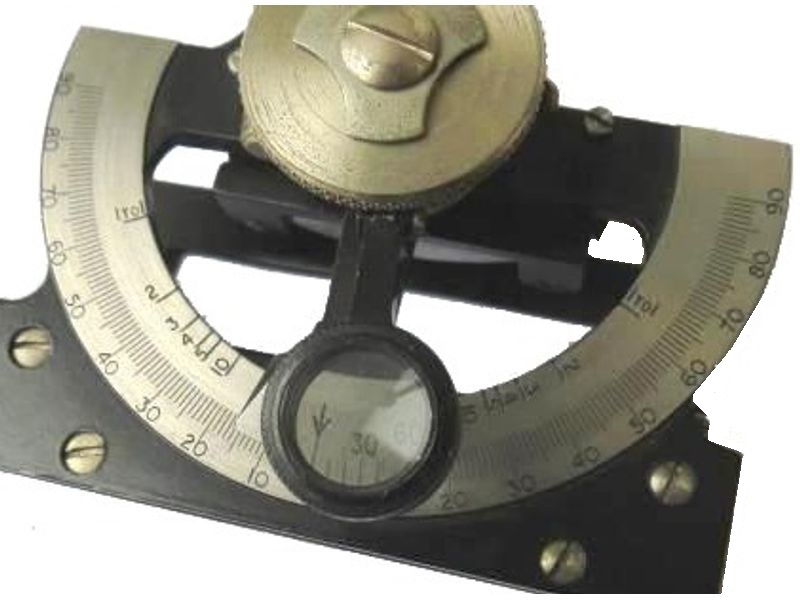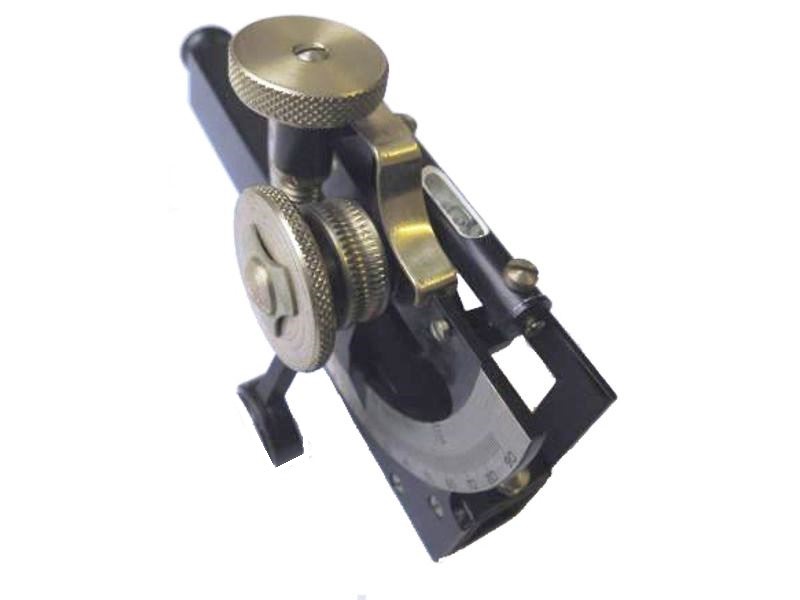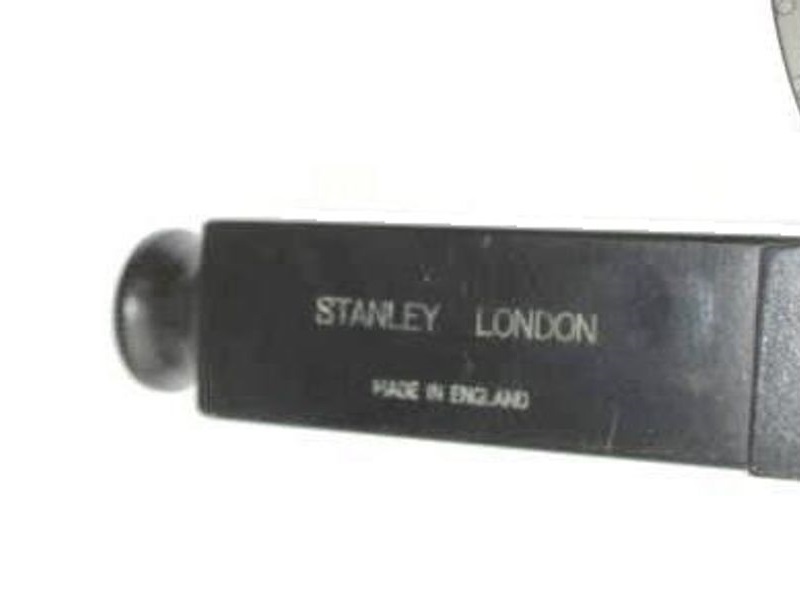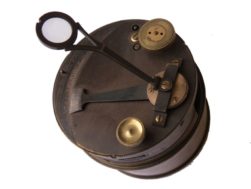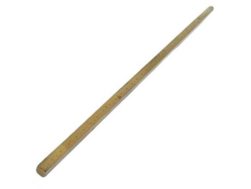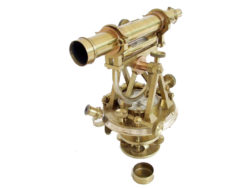Description
Abney level made by Stanley, London. A 5 in rectangular telescopic tube with a graduated arc attached. A small bubble is fixed to the vernier arm. Accurate to 10′ of arc. Used for measuring vertical angles.
The Topographic Abney Level is named after Captain William Abney (b. 1843 d. 1920) of the School of Military Engineering, Chatham, Kent. Once the bubble is seen reflected in the eyepiece the angle of the line of sight can be read off with the aid of a small magnifying reading glass. Although the Abney level does give a horizontal line of sight with a zero reading it remains a clinometer and must not be confused with true levels. It is easy to use, relatively inexpensive, and when used correctly it can be an accurate surveying tool for the measurement of degrees, grade, topographic elevation and chainage correction.
The device was owned by John McConnell MIStructE. John worked for Lothian Regional Council’s Transportation Department as a Team Leader for Bridge Maintenance and latterly as a Principal Engineer for Bridges & Structures. He retired c. 1995.
A Haldens of Manchester catalogue describes the method of use:
The instrument is held in the right hand. The wormscrew is disengaged by depressing it with the index finger, then, with the sight directed on to the target, the bubble is tilted by rotating the milled head with the left hand until it is seen in the field of view.
The wormscrew can then be used to set the bubble so that it is bisected by the index line at the same time as the sighting wire is on the target.
The base of the sighting tube body is machined flat so that the instrument may be used as a clinometer if desired.

